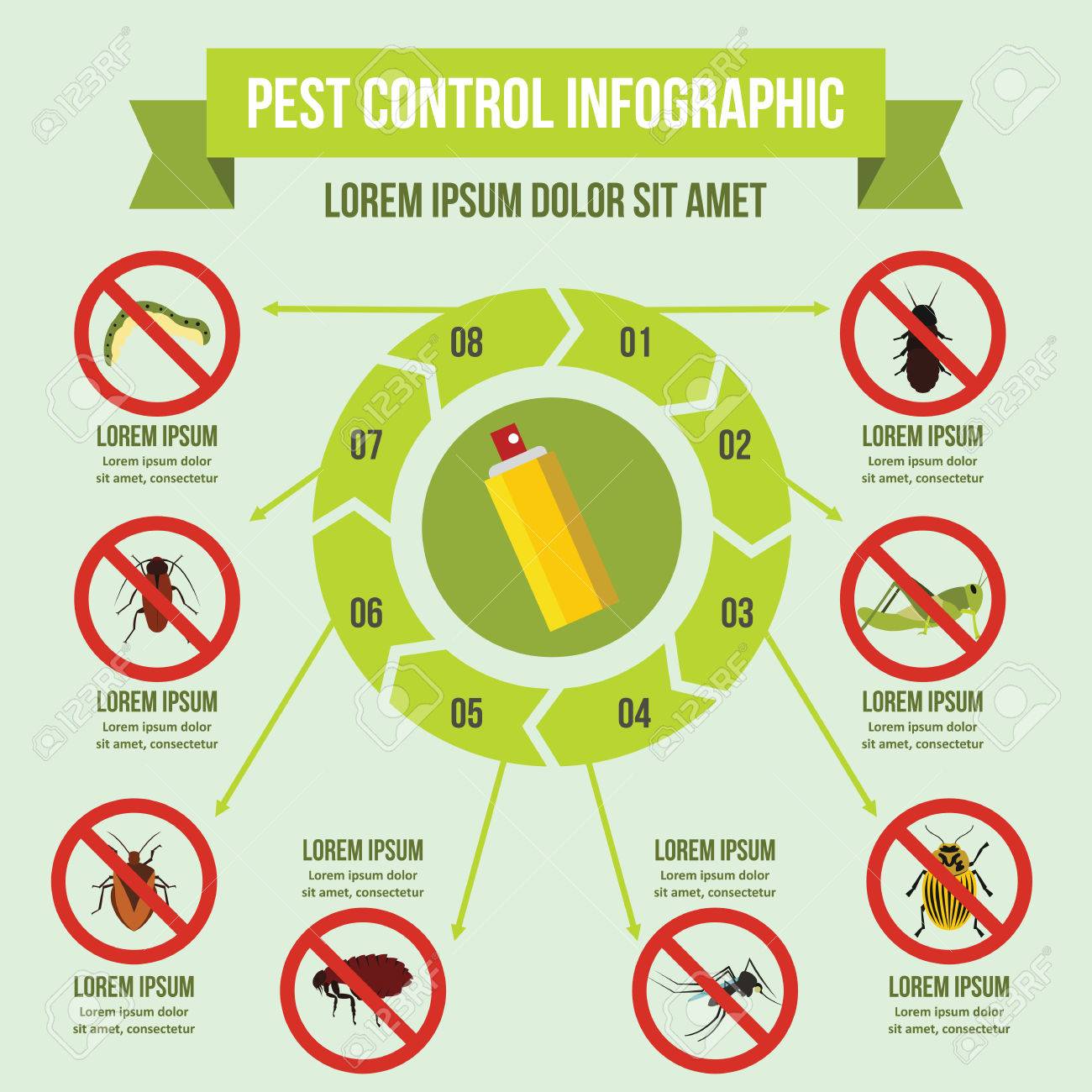Envision your attic as a comfortable Airbnb for rats, with insulation as cosy as resort pillows and circuitry extra attracting than area solution. Currently, visualize these undesirable visitors throwing a wild event in your home while you're away. As a home owner, ensuring your attic is rodent-proof is not nearly peace of mind; it's about securing your building and loved ones. So, what simple actions can you require to secure your shelter from these hairy burglars?
Check for Access Details
To start rodent-proofing your attic, inspect for access factors. Beginning by meticulously examining the outside of your home, looking for any kind of openings that rodents can utilize to gain access to your attic room. Check for spaces around utility lines, vents, and pipelines, in addition to any splits or openings in the foundation or house siding. See to it to pay very close attention to locations where different structure materials meet, as these are common entry factors for rodents.
Furthermore, evaluate the roof for any kind of damaged or missing out on shingles, along with any type of voids around the edges where rodents can press with. Inside the attic, try to find indicators of existing rodent activity such as droppings, ate cables, or nesting materials. Make use of a flashlight to completely examine dark edges and covert rooms.
Seal Cracks and Gaps
Check your attic room thoroughly for any kind of splits and spaces that require to be secured to stop rodents from getting in. o connor pest control can squeeze via even the smallest openings, so it's crucial to seal any possible access factors. Check around pipelines, vents, cable televisions, and where the walls fulfill the roof covering. Utilize a mix of steel woollen and caulking to seal these openings successfully. Steel wool is an excellent deterrent as rats can't eat with it. Make certain that all spaces are snugly sealed to reject access to unwanted pests.
Do not neglect the significance of securing voids around windows and doors as well. Usage weather condition removing or door sweeps to seal these areas properly. Check a action pest control where utility lines enter the attic and seal them off making use of an ideal sealant. By putting in the time to seal all fractures and gaps in your attic room, you produce an obstacle that rodents will locate challenging to violation. Prevention is key in rodent-proofing your attic room, so be detailed in your efforts to seal off any possible access points.
Eliminate Food Sources
Take proactive procedures to eliminate or keep all potential food resources in your attic to hinder rodents from infesting the space. Rats are brought in to food, so removing their food sources is crucial in keeping them out of your attic room.
Here's what you can do:
1. ** Shop food firmly **: Stay clear of leaving any type of food products in the attic room. Store all food in closed containers constructed from steel or heavy-duty plastic to prevent rats from accessing them.
2. ** Clean up debris **: Eliminate any kind of piles of debris, such as old papers, cardboard boxes, or timber scraps, that rodents could utilize as nesting product or food resources. Maintain the attic clutter-free to make it much less enticing to rodents.
3. ** Dispose of rubbish appropriately **: If you use your attic for storage space and have waste or waste up there, make sure to dispose of it routinely and correctly. Decaying trash bin attract rats, so maintain the attic tidy and without any kind of organic waste.
Final thought
To conclude, keep in mind that an ounce of prevention deserves a pound of remedy when it pertains to rodent-proofing your attic.
By making the effort to check for entry points, seal splits and voids, and remove food sources, you can maintain undesirable bugs away.
Keep in mind, 'An ounce of prevention deserves a pound of cure' - Benjamin Franklin.
Remain https://how-to-remove-the-stone-f51739.webdesign96.com/32521507/household-bugs-are-an-usual-trouble-but-did-you-recognize-that-they-can-also-present-a-threat-to-your-health-and-wellness and shield your home from rodent problems.
